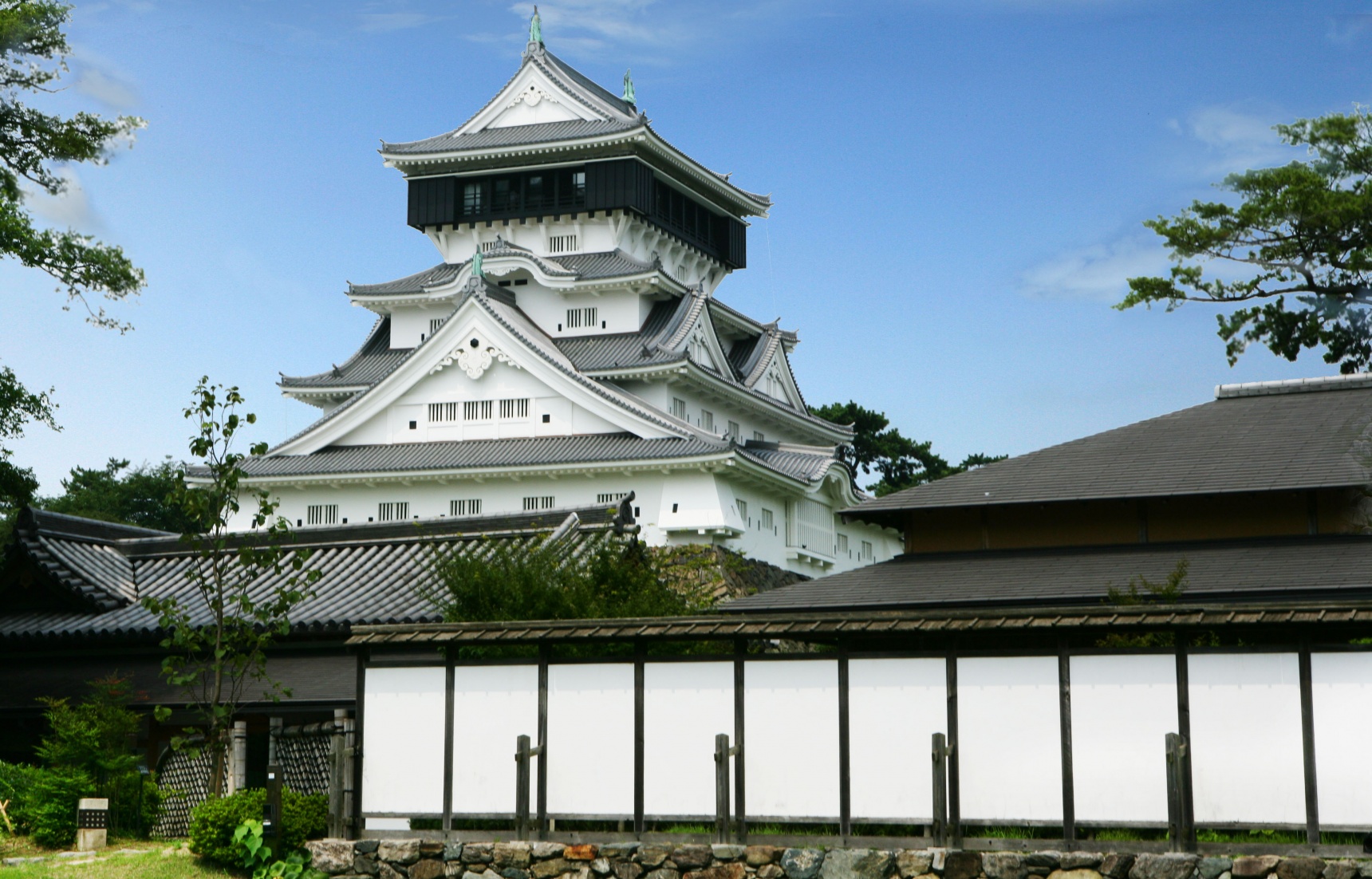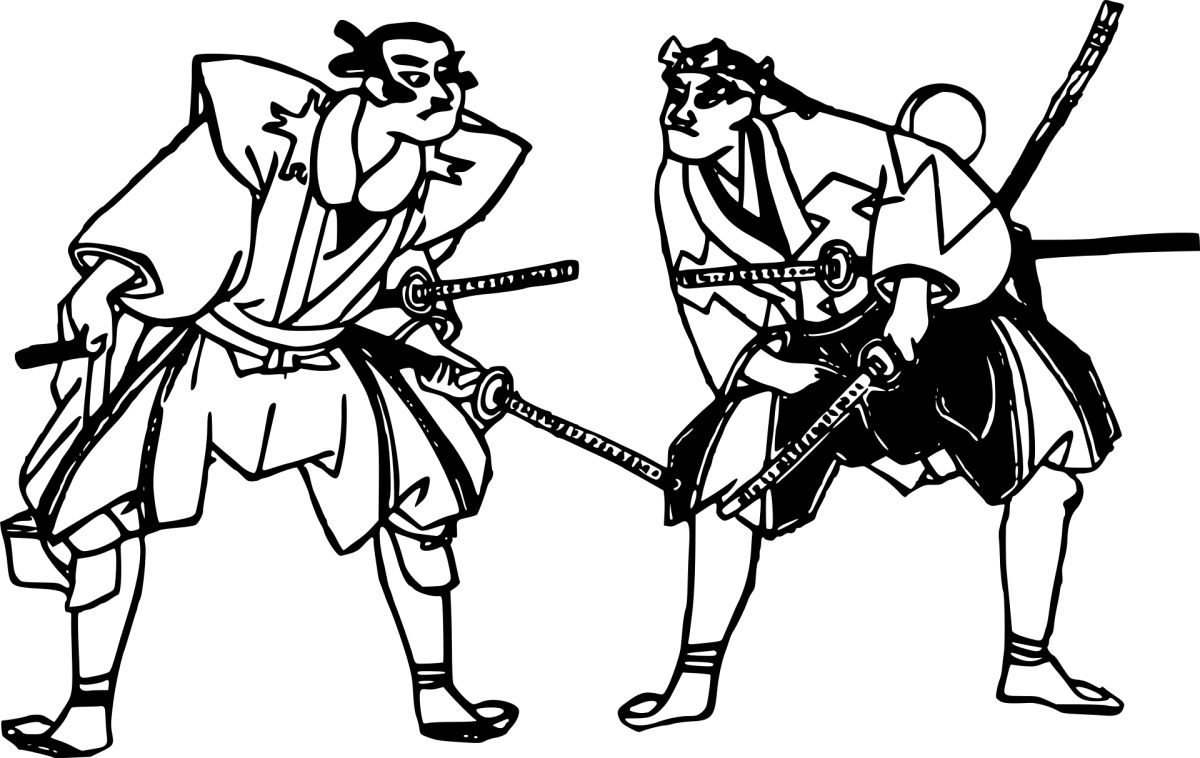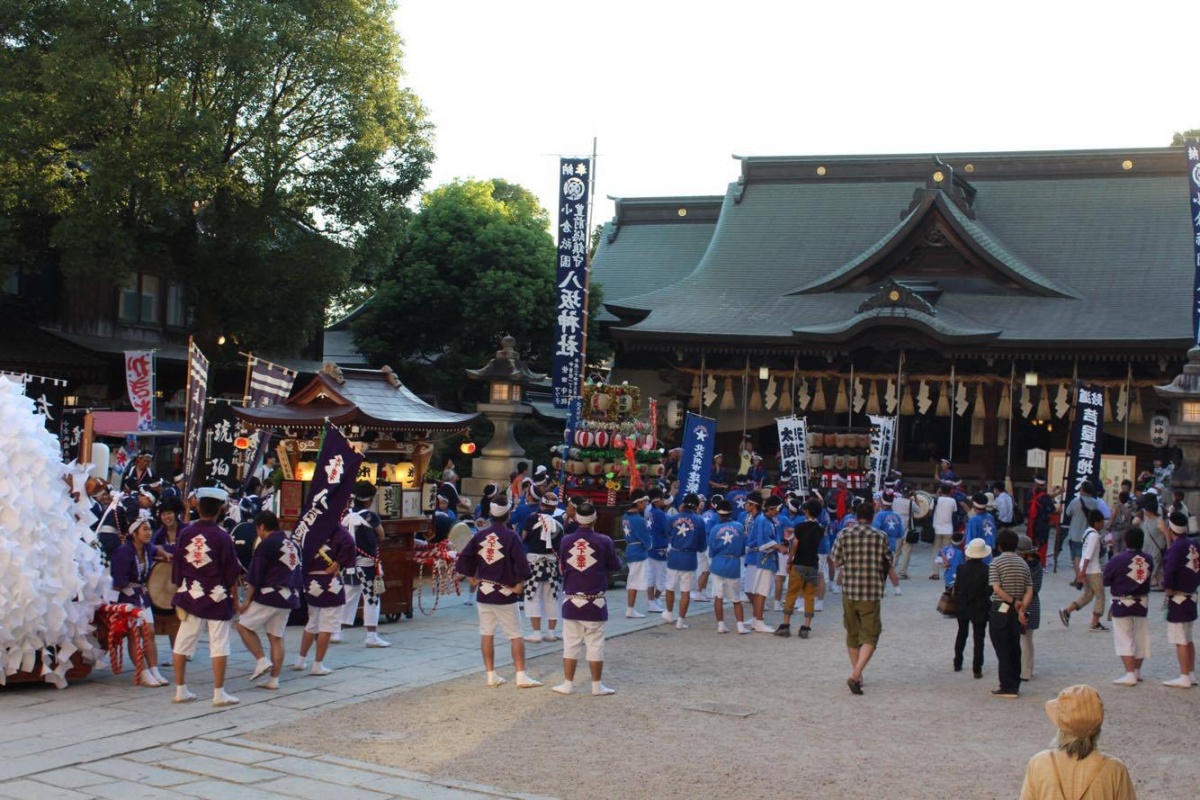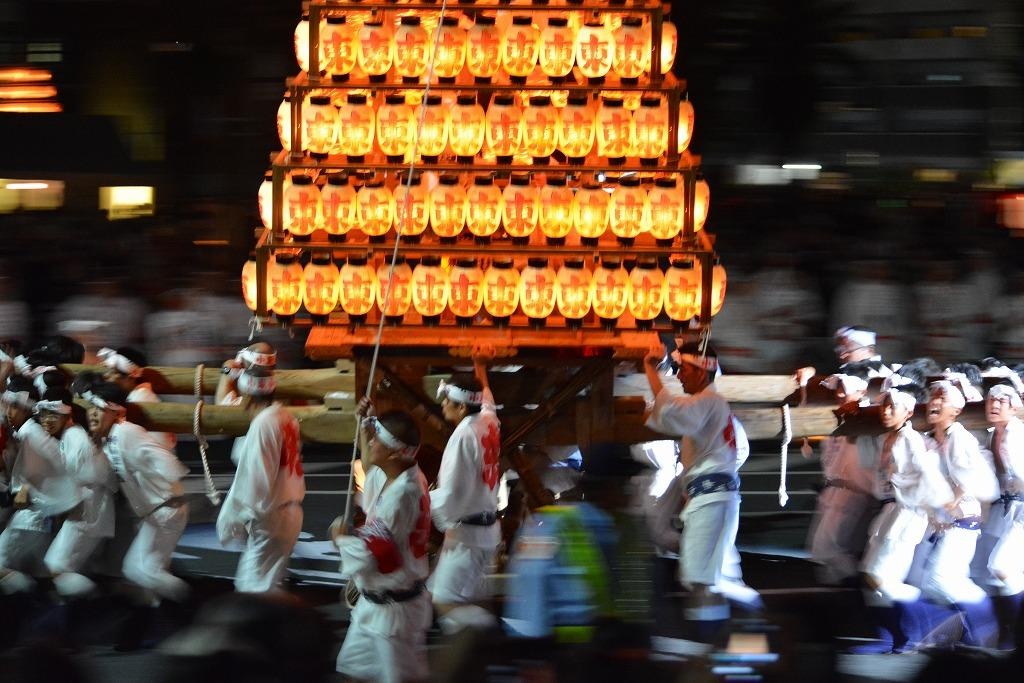The Meiji Restoration in Kitakyushu

The Leftovers from Before the Meiji Restoration

http://sanpai-japan.com/2016/09/12/the-meiji-restoration-in-kitakyushu/
Have you ever heard of the Meiji Restoration? It is one of the most influential political revolutions in all of Japanese history. In 1868, the Tokugawa family—the rulers of Japan during the Edo Period (1603-1868)—lost political power. Meanwhile, the Emperor regained his power back. That's the origin of the current political movement (also known as The Era of Exclusive Reconstruction in Meiji) that delivered modernism and westernization to Japan.
The famous image of Japan before the Meiji Revolution is commonly of the samurai. They brought Japanese swords called katanas everywhere they went and they were experts at battle. Most of all, they contributed to the lord of their land called daimyo. Daimyo is the term for lords who owned Japanese castles in the time of the feudal system.
Another famous symbol of Japanese history over the centuries would be shrines and temples. Temples and shrines are often at the center of Japanese culture and have been linked to the Japanese way of life.
1. Kokura Castle
http://sanpai-japan.com/2016/09/12/the-meiji-restoration-in-kitakyushu/
The area of Kokura lies on the border of the Yamaguchi Prefecture and sits between the mainland and the Kyushu Island. This was the prime location for people building castles and forts; therefore, Kokura Castle was built there. There's a lot of memorabilia from historical Japanese wars there, as the spot was a famous battlefield.
Since the wars, it has been reconstructed and now exists as the best spot to see cherry blossoms every spring. Also, you can experience the same feeling the daimyo felt when they used to look out from the Kokura Castle windows.
2. Yasaka Shrine

http://sanpai-japan.com/2016/09/12/the-meiji-restoration-in-kitakyushu/
Next is the Yasaka Shrine in the Kokura Castle. Shrines and temples are the exact same as they were in the previous era. This is the place where local people visit to pray at the end of year and the beginning of each new year. There is a massive festival called the Kokura Gion Festival, which has over 400 years of history. The sound of Japanese drums at the festival is definitely worth hearing.
3. Okadagu Shrine

http://sanpai-japan.com/2016/09/12/the-meiji-restoration-in-kitakyushu/
Okadagu Shrine is located 10 minutes from Kurosaki Station of the Kagoshima Main Line. The shrine stores Kurosaki Gion's yamakasa, which is a float that holds the deity of the shrine. The yamakasa is brought around the city every July to announce the arrival of summer. This is a very traditional event that was invented 400 years ago and still exists now and is designated as an Intangible Cultural Property in Fukuoka Prefecture.
4. Mekari Shrine
https://ja.wikipedia.org/wiki/%E5%92%8C%E5%B8%83%E5%88%88%E7%A5%9E%E7%A4%BE
The Mekari Shrine is located at the edge of the Kyushu Island. It lies right next to the Kanmon Straits Bridge, which connects the Yamaguchi and Fukuoka Prefectures. The view from this shrine of the Kanmon Straits Bridge is absolutely marvelous and it's difficult to express what it looks like. You must see it for yourself.
5. Tobihata Hachimangu

http://sanpai-japan.com/2016/09/12/the-meiji-restoration-in-kitakyushu/
Tobihata Hachimangu is a shrine that is famously dedicated to holding yamakasa. According to reports from the shrine, an epidemic during the Edo Period spread throughout the area of Tobata in the Fukuoka Prefecture and the locals suffered from it. At that time, people prayed to the enshrined deity of this shrine, Susano-o, and soon after it was stamped out. In order to show they were grateful, they created yamakasa for the shrine in the month of July. That’s why the Tobata Gion festival takes place in Tobata in July every year.
Gion Festival at City of Kitakyushu
Check out this amazing video of all three Kokura Gion, Kurosaki Gion and Tobata Gion festivals.



